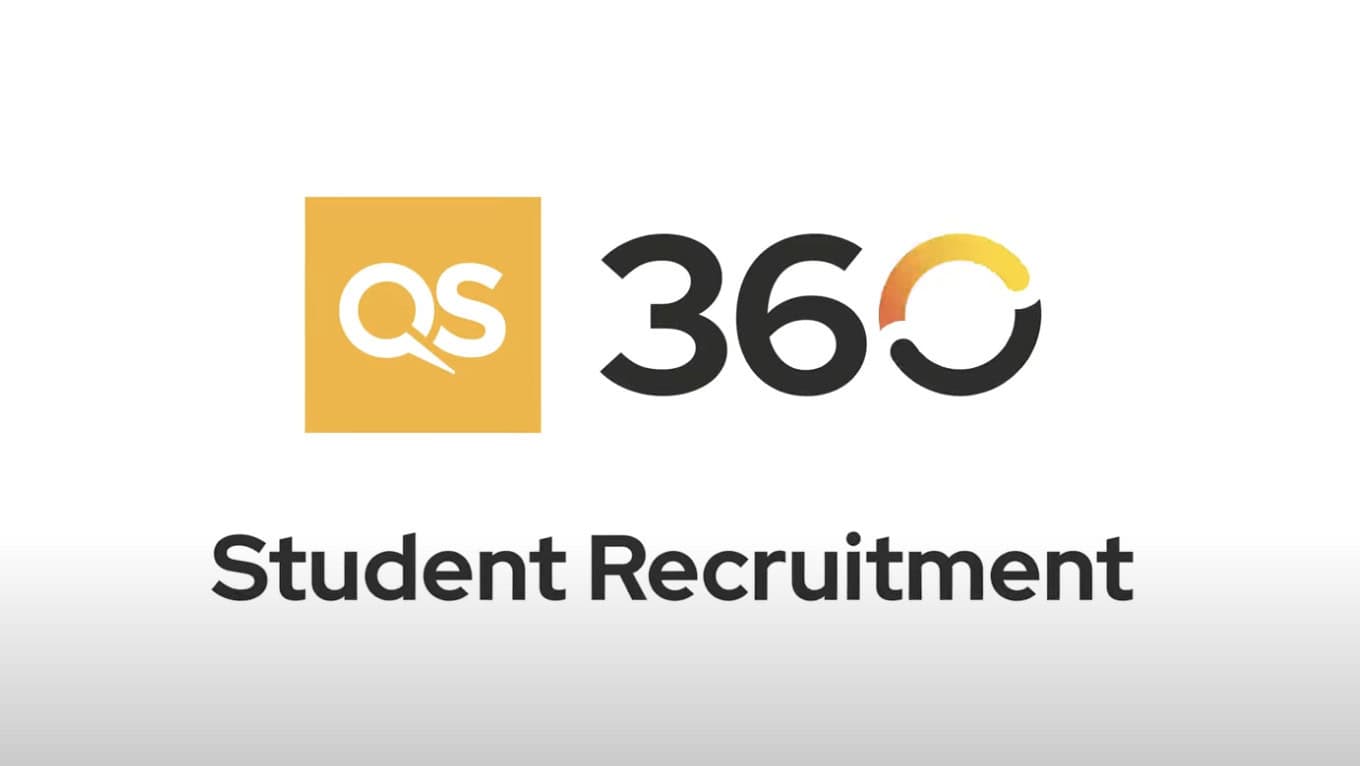Key Takeaways:
- AI is revolutionizing admissions and enrollment processes by enhancing decision making, streamlining operations, and providing predictive insights that guide future strategies.
- Strategic integration of AI in higher education involves using AI tools for holistic application evaluation, personalized student communications, and enrollment workflow automation.
- AI-driven tools such as predictive analytics, chatbots, and application tracking systems significantly improve efficiency, accuracy, and engagement in the admissions process.
- The future of AI in education promises even more sophisticated tools, like adaptive learning and blockchain integration, which will further personalize and secure the admissions process.
Imagine transforming your admissions process with the precision and efficiency made possible by artificial intelligence (AI), from evaluating applications to personalizing student communications. This is not just a far-off dream—it’s a current reality reshaping admissions and enrollment. By strategically integrating AI tools, higher education institutions can streamline operations, enhance decision making, and gain predictive insights that guide future planning. The result? A revolutionized admissions funnel for both graduate and undergraduate programs, positioning your institution at the forefront of innovations in higher education.
Strategic Approaches to AI Integration in Education
To fully leverage AI in admissions and enrollment, institutions must adopt a strategic approach. This includes understanding the specific needs and goals of the admissions process and aligning them with the capabilities of AI technologies. By doing so, higher education institutions can ensure a seamless integration that maximizes the benefits of AI. Below are key strategies to consider for effective AI integration in education:
- Holistic Evaluation: Implementing AI to evaluate applications comprehensively, considering academic achievements, extracurricular activities, and personal statements.
- Personalized Communication: Using AI to tailor communications to prospective students, improving engagement and conversion rates.
- Data Management: Leveraging AI for efficient data collection and analysis, aiding in informed decision making and policy development.
- Predictive Enrollment Analytics: Utilizing AI to forecast enrollment trends, optimize recruitment strategies, and improve yield rates by identifying the most promising candidates. For example, after using Liaison’s Othot AI solution to transform its data into actionable insights, Hampshire College saw a 61% increase in enrollment.
- Enrollment Workflow Automation: AI-driven systems can automate routine tasks in the enrollment process, such as document verification and applicant tracking, freeing up staff to focus on more strategic initiatives.
Enhancing Decision Making With AI Tools
AI tools and innovations in higher education can significantly enhance decision making by providing detailed, data-driven insights and automating routine processes. Examples in admissions and enrollment include:
- Chatbots and Virtual Assistants: These tools can handle a variety of tasks, from answering prospective students’ queries to guiding them through the application process. This improves the applicant experience and frees up staff to focus on more complex issues.
- Predictive Analytics: AI algorithms analyze historical data to forecast future trends, helping admissions teams make data-driven decisions. For example, predictive models can identify which students are most likely to accept offers, improving yield rates and resource allocation.
- Application Tracking Systems (ATS): AI-enhanced ATS can automate the sorting and initial evaluation of applications, ensuring a more efficient and consistent review process. This reduces the time and effort required from admissions officers and minimizes the risk of human error.
- Sentiment Analysis: By analyzing the language used in personal statements and recommendation letters, AI can provide insights into an applicant’s motivation and fit for the institution, adding a qualitative dimension to the evaluation process.
- Behavioral Analytics: Tracking and analyzing the online behavior of prospective students—such as which emails they open, what links they click on, and how they interact with the institution’s website—can provide valuable insights into their interests and engagement levels. This information can help tailor marketing and communication strategies to increase conversion rates.
- Financial Aid Optimization: AI can also assist in predicting financial aid needs and optimizing the distribution of scholarships and grants. By analyzing applicants’ financial backgrounds and historical aid distribution data, AI can help ensure that financial aid resources are allocated efficiently and equitably, improving access and affordability for students.
What Is the Future of AI in Education?
With current AI tools already making significant strides in transforming admissions and enrollment, the future of AI in education holds even more potential. As AI technologies continue to evolve, their applications will expand, offering more sophisticated tools and capabilities.
For example, adaptive learning will increasingly be used to create personalized learning experiences, tailoring content to the needs and progress of individual students. This could extend to admissions, where adaptive assessments can better gauge a student’s readiness and potential. Integrating blockchain technology with AI can offer secure, verifiable digital credentials for applicants, ensuring the authenticity of academic records and simplifying the verification process during admissions.
Future AI models will leverage even larger datasets and more complex algorithms to predict student success, retention, and career outcomes, enabling institutions to make more informed decisions throughout the student lifecycle. AI-driven virtual advisors will become more advanced, providing comprehensive support services that guide students from the application process through to graduation and beyond. These advisors will use natural language processing to offer personalized advice and resources.
Adopting AI in admissions and enrollment is crucial for higher education institutions to stay ahead of challenges and opportunities. By strategically integrating AI tools, institutions can enhance decision making, optimize admissions processes, streamline operations, and provide predictive insights that guide future enrollment strategies. Embracing these technologies positions organizations at the forefront of innovation and adaptability, ensuring a competitive edge in the ever-evolving higher ed landscape and the future of AI in education.

Ready to revolutionize your admissions and enrollment with AI? Contact Liaison today to learn how our innovative solutions can help your institution stay ahead of the curve.
Download our newest whitepaper, Revolutionizing Higher Education with AI: From Theory to Practice, to begin enhancing your data strategy today. ➡️
#Exploring #Future #Higher #Education #Transforming #Admissions #Enrollment










